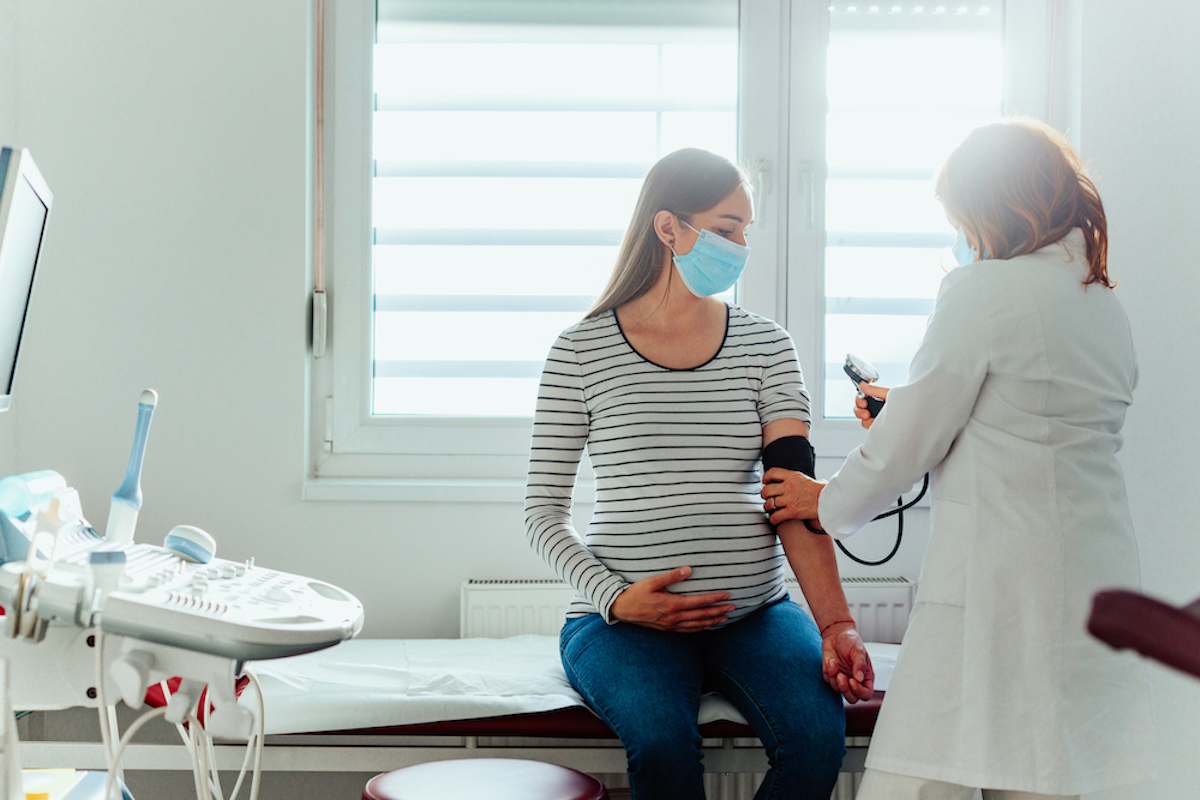Hi! Big fan of your work. Much to our dismay, we recently found out our 5-year-old has pinworms (no itching; I saw the worms in his stool, to my intense horror). I’ve treated everyone in the house with pyrantel pamoate, but I haven’t treated myself because I’m five weeks pregnant. Your pinworm piece says that the treatment is safe for pregnancy, but everything else I’ve read online (cursory googling; haven’t done a deep dive) advises caution and suggests pregnant women should attempt to rid themselves of pinworms by strict hygiene alone. I have no symptoms, but neither did my son, and this is such a gross problem that I would really like to take the medicine. Can you say more about why you believe this treatment is safe for pregnancy?
—Catherine
Congratulations, and ew. It’s just the totally grossest thing. (For those of you who missed earlier posts on this, check it out here.)
This is a good example of a place where the medical advice is (I think) very frustrating. The rhetoric is in the space of “we don’t completely know this is safe, so avoid using it unless you really need it.” This leaves out information on whether we think it’s safe but we are just not 1,000% sure, or if there is some reason to think it is dangerous.
In fact, I think the reason for caution is only that we do not have large randomized trials. What we do have — and this is what I was drawing on in that post — is large-scale evidence from Denmark, where birth records were linked with prescriptions. Data relying on over 700,000 births, of which several thousand were treated for pinworms, showed no increase in risk of negative birth outcomes or birth defects for use of either mebendazole or pyrvinium (the latter is what you used).
If you do not have symptoms, of course you could wait. The disadvantage is that if you are harboring the pinworms, then even if you treat everyone else, you could reinfect them later.


















Log in